Invited Speakers of ICCSN2026
TBA
Invited Speakers of ICCSN2025
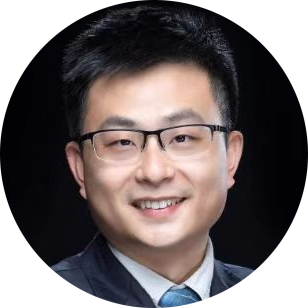 |
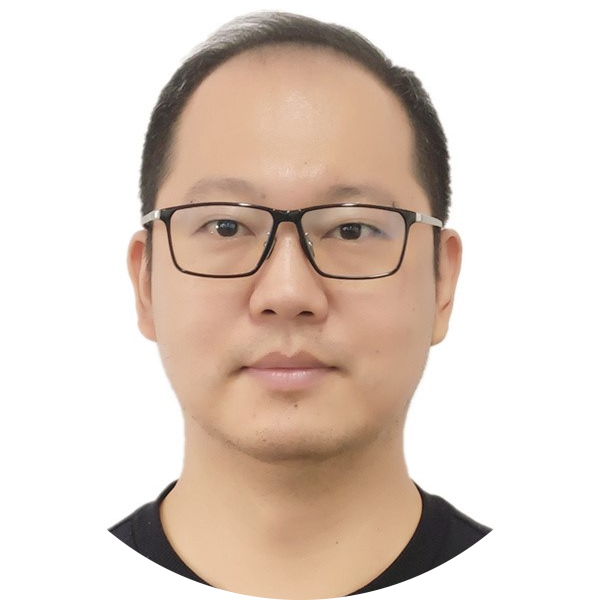 |
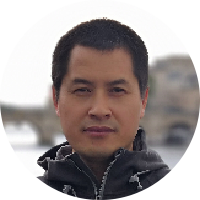 |
 |
 |
Prof. Feng Yin, The Chinese University of Hong Kong, Shenzhen, China |
Prof. Ning Wang, Zhengzhou University, China |
Prof. Qinghua Luo, Harbin Institute of Technology (Weihai), China |
Prof. Dr. Mohd Zulfaezal Che Azemin, International Islamic University Malaysia, Malaysia |
Prof. Mohd Nazri Bin Ismai, National Defence University of Malaysia |
 |
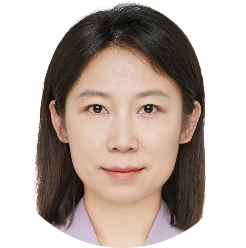 |
 |
 |
 |
Prof. Paulo Batista, University of Évora, Portugal |
Assoc. Prof. Na Li, Beijing University of Posts and Telecommunications, China |
Assoc. Prof. Shiying Han, Nankai University, China |
Assoc. Prof. Yang Yang, Shandong University, China |
Assoc. Prof. Xiaoxuan Wang, Beijing Jiaotong University, China |
 |
 |
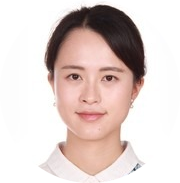 |
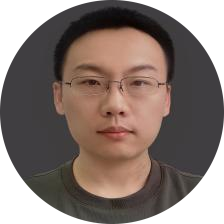 |
 |
Assoc. Prof. Syed Mushhad Mustuzhar Gilani, University of Agriculture, Pakistan |
Assoc. Prof. Bitao Pan, Beijing University of Posts and Telecommunications, China |
Assoc. Prof. Yingyang Chen, Jinan University, China |
Assoc. Prof. Jiazhi Ma, National University of Defense Technology, China |
Senior Engineer Dr. Dongdong Wang, 54th Research Institute of China Electronics Technology Group Corporation, China |
 |
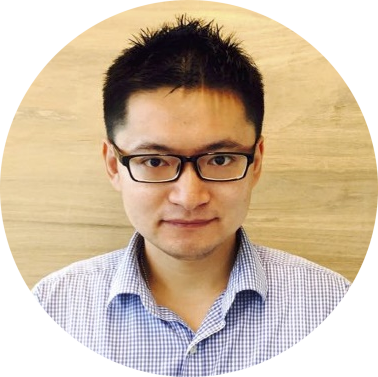 |
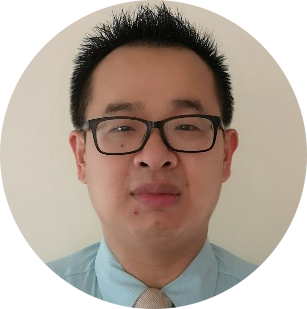 |
||
Lecturer Kaitao Meng, University of Manchester, UK |
Dr. Kai Li, CISTER Research Unit at ISEP/IPP, Portugal |
Dr. Zichao Li, Canoakbit Alliance / University of Waterloo, Canada |